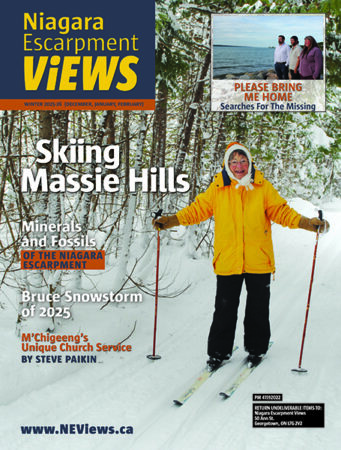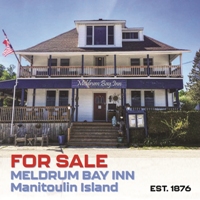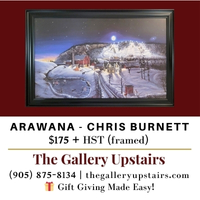What on earth are Pollen bees? They are insects that are native to the Niagara Escarpment area. They were here before the European Honey Bee and they do a much better job at pollinating the plants around here, especially native plants.
What do they look like? Some look like a small wasp or a fly, but they are not aggressive. They are mostly solitary with their nests, not social like honey bees or some wasps. Because they are not defending a large nest, it is not in their nature to attack. They may sting, but you really have to work at it to get them to do that.
What do they eat? Plant nectar and pollen for their offspring. After mating, the female searches out a nest location, typically a hollow stem or a hole in a tree (already made by another insect or bird). She forages for nectar and pollen to make a food packet for her young and places it at the back of the nest. She lays an egg on it and puts a mud partition in front of it, and then repeats the process. She finishes with a mud cap at the entrance. Interestingly, she lays the female eggs first, furthest in, then the males closer to the exit. It takes about a year for the new adult to emerge. The egg hatches and eats the nectar/pollen food as a grub, then spins a cocoon right in the nest and pupates until it’s time to emerge. Even though the egg laid furthest in was the first laid, that individual is the last to leave!
Pollen bees have been at it for a while and they have figured out where to put their nests. The problem is our human desire to clean things up. We cut down and burn old dead trees that probably have their cracks and holes filled with bee nests. We clean up the garden of dead plant stalks, likely loaded with nests, and burn them or send to the municipal compost. These activities are bad for the next generation of pollen bees!
Giving something back to nature in the form of a nest that has been manufactured to suit these bees can balance it out. There are lots of different nests to buy, some of which are totally nonfunctional. A proper nest should have the right-sized holes for the species you want to attract. The material used is important, as some, such as bamboo, can cause problems with splinters. Predators know all about bee nests too and some manufactured nests have baffles to keep the young safe. Some purported nest retailers don’t even have any tubes for the bees to nest in, just a pretty looking house with holes in the front! Certainly, buyer beware!
We got a Pollen Bee Nest to try out from Robert Weeden, the owner. Robert is well versed in the lives of Pollen Bees, which he uses in designing and manufacturing the nests, and in including information about the natural history of the bees with the packaging. The nests are well thought out, a distinctive green colour and pattern on the outside designed to attract the bees, with the right diameter holes of different sizes for the different species. The walls of the holes are lined with volcanic rock and a proprietary mix of oils to limit mites and pathogens. Installation instructions let you set the nest up the best way. The literature provided shows photos and a short description of some common bees.
Who knew that a sometimes-annoying sweat bee that likes land on us to drink our sweat in the summer, is a very common Pollen Bee! There is information about attracting the bees, planting native plants, having water and soil nearby and to not use pesticides or herbicides. We installed the nest in September, maybe late in the season, but we got almost instant interest and three “residents” decided to move in, with the holes plugged with mud. The nest is a good idea for a gift that works to expand the knowledge of our great outside.
For more information visit www.pollenbeenest.com. Available at Lee Valley.





